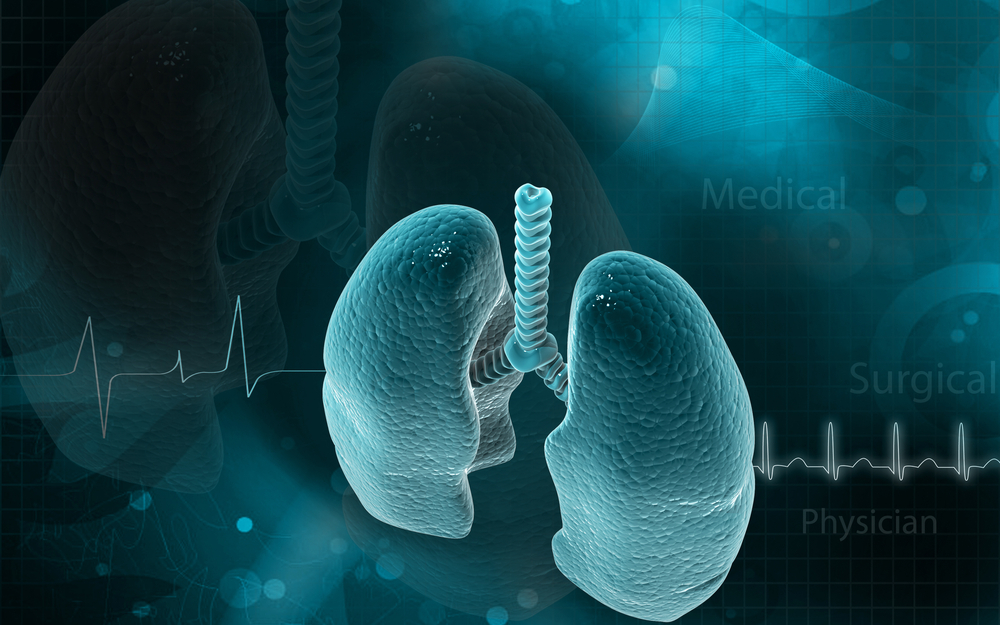Mucus in Cystic Fibrosis Lungs May Be a Disease Biomarker
Written by |

Scientists at the Center for Nanomedicine at the Wilmer Eye Institute, part of Johns Hopkins University School of Medicine, may have found a new way to track the stages and the progression of cystic fibrosis (CF) by examining mucus in the lungs of CF patients. If so, mucus under a microscope could provide a much-needed biomarker for monitoring CF disease development.
CF, one of the most commonly occurring chronic diseases of the lungs, makes breathing difficult due to a sticky mucus that builds up in the lungs. Right now, there are no good biomarkers for measuring rapid declines in lung function in CF, but the current study could change that.
The researchers, including authors Gregg A. Duncan, James Jung, Michael P. Boyle, Natalie E. West, Jung Soo Suk and Justin Hanes, presented their findings on Oct. 14 as a poster titled “Altered Sputum Microstructure as a Marker of Airway Obstruction in Cystic Fibrosis Patients,” The presentation was part of The Society of Rheology 87th Annual Meeting in Baltimore, Maryland, that an Oct. 11-15, 2015.
The team originally intended to design inhalable nanoparticles, medicine that would be small enough to cross the lung mucus barrier. In the process of conducting this work, however, they noticed that mucus changes at different stages of CF.
“At the time of our discovery, we didn’t have a great explanation for this finding,” said Dr. Duncan, a postdoctoral fellow and first author of the poster, in a news release. “So, we set out to figure out what caused the differences and whether or not it was related to cystic fibrosis lung disease severity.”
They used a method known as “multiple particle tracking” which allowed them to take videos of the lung mucus using a microscope.
Through the use of this technology, the investigators could measure “the speed at which nanoparticles move in cystic fibrosis mucus, to relate it to the mucus gel’s properties on extremely short length scales from micrometers (one-millionth of a meter) to nanometers (one-billionth of a meter),” according to Dr. Duncan. “Our findings suggest that the micro- and nano-scale properties in cystic fibrosis mucus change in patients as their disease progresses.”
By defining which mucus properties correspond to which disease symptoms, the researchers may be able to devise a system that could be used by healthcare providers to understand how to better treat CF at different stages.
“Our hope is that this approach will provide more insights into the cystic fibrosis lung microenvironment that are important to maintaining proper lung function,” he added.
The group wants to continue this work, with future goals that include expanding the research “to larger patient populations, to assess whether our measurement can be used as a biomarker in cystic fibrosis, to determine the risks of pulmonary exacerbation,” according to Dr. Duncan.






